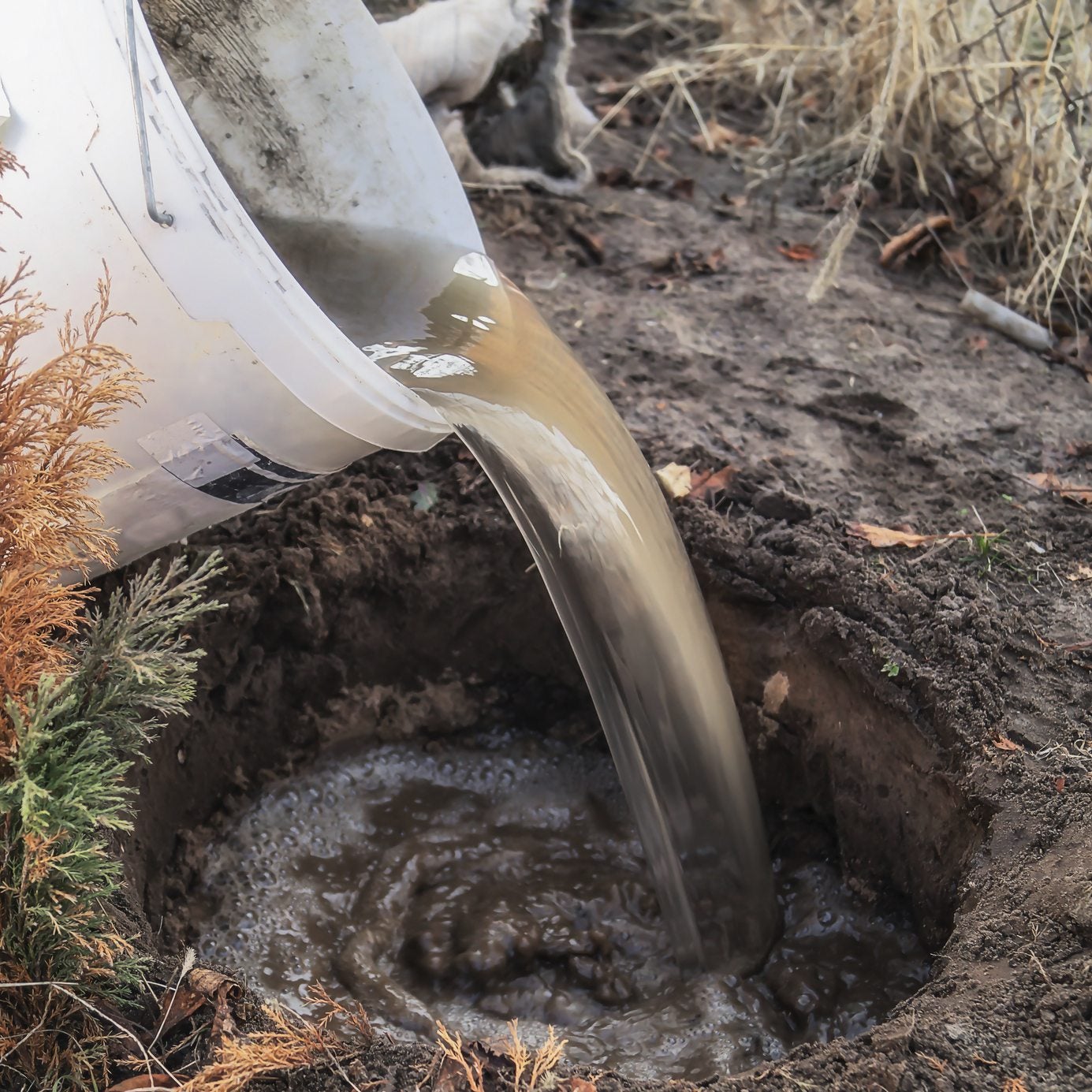Checking Soil Drainage: Tips For Making Sure Soil Drains Well


When you read a plant tag or seed packet, you might see instructions to plant in “well-drained soil.” How do you know if your soil is well-drained though? Find out about checking soil drainage and correcting problems in this article.
How to Tell if Soil is Draining Well
Most plants won’t survive if their roots are sitting in water. You may not be able to tell by looking because the problem lies under the surface of the soil. Here’s a simple test to check the soil drainage. Try this test in different parts of your landscape to get an idea of where plants will thrive.
- Dig a hole about 12 inches (31 cm.) wide and at least 12 to 18 inches (31-46 cm.) deep. It doesn’t have to be measured precisely for the test to work.
- Fill the hole with water and let it drain completely.
- Fill the hole again and measure the depth of the water.
- Measure the depth every hour for two or three hours. The water level of well-draining soil will drop at least an inch (2.5 cm.) per hour.
Making Sure Soil Drains Well
Working in organic matter, such as compost or leaf mold, is a great way to improve soil drainage. It’s impossible to overdo it, so go ahead and work in as much as you can and dig as deeply as possible. The organic matter you add to the soil improves the soil structure. It also attracts earthworms, which process the organic matter and make nutrients readily available to plants. Organic matter helps solve problems such as heavy clay soil or compaction from construction equipment and heavy foot traffic. If the land has a high-water table, you need to raise the level of the soil. If hauling truckloads of soil isn’t an option, you can build raised beds. A bed 6 or 8 inches (15-20 cm.) above the surrounding soil allows you to grow a wide variety of plants. Fill in low-lying areas where water stands.
Importance of Well-Drained Soil
Plant roots need air to survive. When soil doesn’t drain well, the space between the soil particles that would normally be filled with air is filled with water. This causes the roots to rot. You can see evidence of root rot by lifting a plant out of the ground and examining the roots. Healthy roots are firm and white. Rotting roots are dark-colored and feel slimy to touch. Well-drained soil is more likely to have an abundance of earthworms and microorganisms that keep the soil healthy and nutrient rich. As earthworms consume organic matter, they leave behind waste material that is much higher in nutrients, like nitrogen, than the surrounding soil. They also loosen the soil and create deep tunnels that allow roots to reach further into the soil for the minerals they need. The next time you find that the plants you’ve chosen for your garden need well-drained soil, take the time to make sure your soil drains freely. It’s easy, and your plants will thank you by thriving in their new home.
Sign up for the Gardening Know How newsletter today and receive a free copy of our e-book "How to Grow Delicious Tomatoes".

Jackie Carroll has written over 500 articles for Gardening Know How on a wide range of topics.